|
Travel back in time with a trip on the 444-mile long Natchez Trace Parkway. This All-American Road travels from Natchez, Mississippi to Nashville, Tennessee and clips the northwestern corner of Alabama along the way.
The Parkway was a long time coming; it officially opened in 2005 after being under construction and planning for 67 years! President Franklin D. Roosevelt signed the Natchez Trace Parkway into law on May 18, 1938, establishing it as a unit of the National Park System, and officially protecting this historically significant highway of the Old Southwest. There are seven segments of the Old Trace that are listed on the National Register of Historic Places. This scenic drive roughly follows and commemorates the historic Old Natchez Trace and is jam-packed with over 10,000 years of history! Along the way, you can hike preserved sections of the Old Trace, read historical markers telling the stories of the people back in the day, see historical buildings, Indian ceremonial, and burial mounds, breathtaking scenic overlooks; there are rivers, lakes, swamps, picnic areas, hiking trails, and campgrounds. It’s not a road you can drive in a day or even a week if you wish to see it all. This is a pleasant, leisurely drive through beautiful country with a maximum speed limit of 50mph. Relax, take your time, and enjoy the drive. A Brief History of the Natchez Trace
The Trace began as a series of random Indian trails that connected the Natchez, Mississippi area to what would eventually become Nashville, Tennessee. Animals created the first corridor traveling from the Mississippi River to the salt licks in the Nashville area. When the Indians came along, they followed these same trails when hunting those animals for food.
By the early 1800s, these trails had evolved into America’s first National Road, linking what were now two bustling hubs of commerce. While it was easy enough to build makeshift flatboats to float goods down the Mississippi River, once there it was impossible to fight the current coming back upstream. Keep in mind this was the era before steam power. The boatmen's AKA Kaintucks solution was to scrap their boats in Natchez, sell the lumber along with everything else and walk home along the Trace. In addition to the Kaintucks traffic, the road was used for troop movements, a postal service, and general travel between the two frontier towns. By this point, these Indian paths were so highly traveled that there were deep gullies worn into the ground. Some of this Sunken Trace is as much as 30 foot below the land around it! It was quite dangerous, fraught with bandits and angry Indians that preyed on the now wealthy Kaintucks flush from selling their goods. There were also, mosquitoes, poison ivy, and poisonous snakes that thrived in the swampier areas. Those swamps made for deep mud that could be found along much of the trail, as well. The Trace was by no means an easy road; it took these travelers about six weeks to travel on foot or four weeks by horse. By the 1820s, the invention of the steamboat had come to the Mississippi River and travel on the Natchez Trace all but stopped. You would think that with this being a national road it would still see traffic. However, newer and better roads were being built. By 1830, Jackson’s Military Road between Columbia, Tennessee, and Madison, Louisiana was completed. In 1840, Robinson Road that ran between Columbus and Jackson was in use. Eventually, the railroads came along, offering even better and faster alternatives than traveling the Natchez Trace. The Trace was all, but forgotten.
This is Part 3 of a 3 part post, you may also be interested in reading:
Part 1: Top of the Trace: The Natchez Trace Parkway - Tennessee and Alabama Part 2: Middle of the Trace: The Natchez Trace Parkway - Top Half of Mississippi
The Mississippi section of the Natchez Trace Parkway is 308.8 miles long. I have divided Mississippi approximately in half, this post covers the Southern section of the Mississippi Trace from milepost #160 to to the end at Natchez.
When traveling the Natchez Trace Parkway the milepost markers will be found on the east side of the road. I am traveling The Trace backward counting down the mile-markers. For your own trip planning, you can download Natchez Trace Maps here. Copies of the Official Natchez Trace Map can easily be found along the Parkway, as well. Please don’t travel the Trace without one, you will miss so much. Part 3: Natchez Trace Parkway Highlights
#122.6 - River Bend
River Bend with its views of the Pearl River is one of the prettiest picnic spots along the Natchez Trace. It's well worth a quick drive through even if it’s not lunchtime.
The Pearl River was initially discovered in 1698 by the French Explorer, Pierre LeMoyne Sieur d’Iberville, who sailed into the mouth of the river and found pearls. He named it “River of Pearls.” The last 75 miles of the Pearl River has been the boundary between Mississippi and Louisiana since 1812. #122 - Cypress Swamp
see here. Go slowly and be observant to find wildlife, such as frogs, snakes, and alligators. I haven’t spotted any snakes, yet, I probably won’t like it as well here once I do, but I have spotted alligators on every visit. Usually, it’s just a
couple, but one rainy afternoon I counted five. They like to hang out in the center of the swamp. You won’t see them from the boardwalk. Be sure to walk at least halfway down a side path, if you want a chance to find one without walking the entire loop. There are a couple of Swamp hikes along the Trace, but if you are limited on time, this is the one to do. #106.9 Boyd Site
Six small burial mounds built during the Late Woodland and Early Mississippian periods (circa 800 to 1100 A.D.) are located here.
Mound 2, is near the parking lot. This elongated mound is 110 feet long x 60 feet wide and 4 feet high. An excavation in 1964, revealed that it is three mounds in one. The first two mounds were built side by side and with the third being built in the middle creating a more oblong mound. These mounds were constructed in different phases: phase one during the Late Woodland period and the second phase considerably later during the Mississippian period. #54.8 - Rocky Springs
The Methodist church, built in 1837; and a small graveyard are all that remains of the town of Rocky Springs, Mississippi. In the late 1790s, this town grew up around Rocky Spring, a watering hole, along the Natchez Trace. By 1860, 2616 people lived here; the settlement included three merchants, four physicians, four teachers, three clergy and 13 artisans; and it supported 54 cotton planters with 28 overseers and over 2000 slaves in approximately at 25 square mile area.
During the Civil War the town started to decline, a letter written in 1863 states, “My slaves, horses, and mules are carried off. My fence is torn down and my crops destroyed.” In the summer and fall of 1878, yellow fever struck the area; there were 180 cases and 43 deaths. Although Rocky Springs attempted to recover from the yellow fever epidemic; the boll weevils migrated through in the early 1900s devastating the cotton crops, and the natural spring started to dry up. After that, the population declined rapidly putting an end to this once prosperous rural community. The last store closed its doors in 1930. The church still held services until 2010 when its congregation became too small. Rocky Springs is now considered a ghost town. #52.4 Owens Creek Waterfall
This is a pretty little waterfall that flows over a stone ledge. The natural spring that once fed Owens Creek has dried up so it takes a good heavy rainfall for these falls to flow.
#41.5 Sunken Trace
With the exposed tree roots and surrounding land towering over my head, this section of the Trace felt eerie to me. I don’t know if it was the informational board at the trailhead that put the thoughts in my head, my overactive imagination or a combination of both; but it was as if I could feel the spirits of the travelers passing me as I hiked through this narrow channel.
This deeply eroded section of the Sunken Trace is only about a hundred yards long. Your instinct will be to read the sign and then follow the path straight to a narrow, short but steep trail down. If you walk this complete section of trace, it gently curves back around and leads up to the parking lot. A less able person might find it easier to walk it backward or take the easier way both in and out. If so, after reading the signage, turn left and walk to the end of the sidewalk off into the grass to the right. Don’t pass this stop up, other than the drive-able sections of the trace in Tennessee; this is the most easily accessible section of the Old Trace that is most authentic to what the Kaintucks experienced. #37 Exit Trace for Side Trip to Rodney Ghost Town
If you have time, you might want to visit Rodney, Mississippi. Here's my blog post about Rodney so you can decide: Rodney Ghost Town: A Mississippi Just Off the Trace Drive
#15.5 Mount Locust Plantation & Inn
Built in 1780, Mount Locust is the only surviving stand from the historic Natchez Trace and one of the oldest homes in Mississippi.
Originally built by John Blommart, he was jailed, losing his home and fortune after leading a failed rebellion against the Spanish. William Ferguson and his wife, Paulina purchased the house in 1784. They operated the farm until William’s death in 1801. Shortly after William passed, Paulina married one of the farm’s overseers, James Chamberlain. They continued to farm the land. By 1785, the Natchez Trace was in heavy use by the Kaintucks on their way home from Natchez, and Mount Locust just happened to be located a day’s walk from town. Such a perfect location right on the Trace, I imagine many men stopped here begging for food and lodging knowing it would be their last chance before hitting the wilderness. The Ferguson's decided to turn their home into a stand (inn).
Corn is one of the plantation staples; the family offered a meal of corn mush and milk and allowed the men to sleep on the porches and grounds, for .25 cents. While pretty crude offerings, this was considered a luxury to the Kaintucks.
Sometime after 1810, James passes, Pauline and her 11 children continue to live comfortably and successfully run the farm and stand. By the mid-1820s with the invention of the steamboat, traffic on the Trace is all but gone. Pauline’s stand becomes an inn, catering to the residents of Natchez looking for a little rural solitude. Pauline died in 1849, at the age of 80, twelve years before the Civil War. The children continued to live here, but with the end of the plantation, Mount Locust began a slow decline. Five generations of Chamberlains lived at Mount Locust with the last one leaving in 1944. In 1954, the park service began restoring Mount Locust to its 1820 appearance.
If you plan to visit, check with the Park Service for hours. At the time that I wrote this, the hours were Thursday through Sunday from 9 to 4:30.
#10.3 Emerald Mound
A massive mound, Emerald Mound is the second largest ceremonial mound in the United States. Monk’s Mound in Cahokia, Illinois is the largest.
Named Emerald Mound in the 1850s because it sat on the property of the Emerald Plantation. This mound was built during the Mississippian Period between 1200 to 1730. It is 35-foot high and covers 8 acres; measuring 770 feet by 435 feet at its base. Two secondary mounds sit atop the central mound bring the overall height up to 60 feet tall. #8.7 Old Trace
I love old cemeteries! This was my favorite family plot that I found along the Trace. It’s not listed anywhere in the Parkway information but if you hunt around you can find small plots like this all along the Trace. I thought this cemetery was hauntingly beautiful.
There is not much else to see at this pull off. The Old Trace here isn't too impressive, but if you are interested in visiting this little cemetery, it is straight up the mowed path behind the informational board.
You will find more images from Susan's travels down the Natchez Trace Parkway in the Tennessee, Alabama & Mississippi Collections in her Gallery.
See anything you like? Susan's work is available for purchase here: The Gallery. All images in the her collection are available as wall art, fine art prints, on home decor, gift items and apparel.
While all of the images are for sale as art print only, framed art prints, on canvas, metal, wood, acrylic and tapestries; I prefer to show them as framed art since I think that is harder to visualize when ordering.
0 Comments
Your comment will be posted after it is approved.
Leave a Reply. |
AuthorI am the 8th photographer in 4 generations of my family. Back in 2006, my husband accepted a job traveling, and I jumped at the chance to go with him. Categories
All
Archives
June 2024
This website uses marketing and tracking technologies. Opting out of this will opt you out of all cookies, except for those needed to run the website. Note that some products may not work as well without tracking cookies. Opt Out of Cookies |
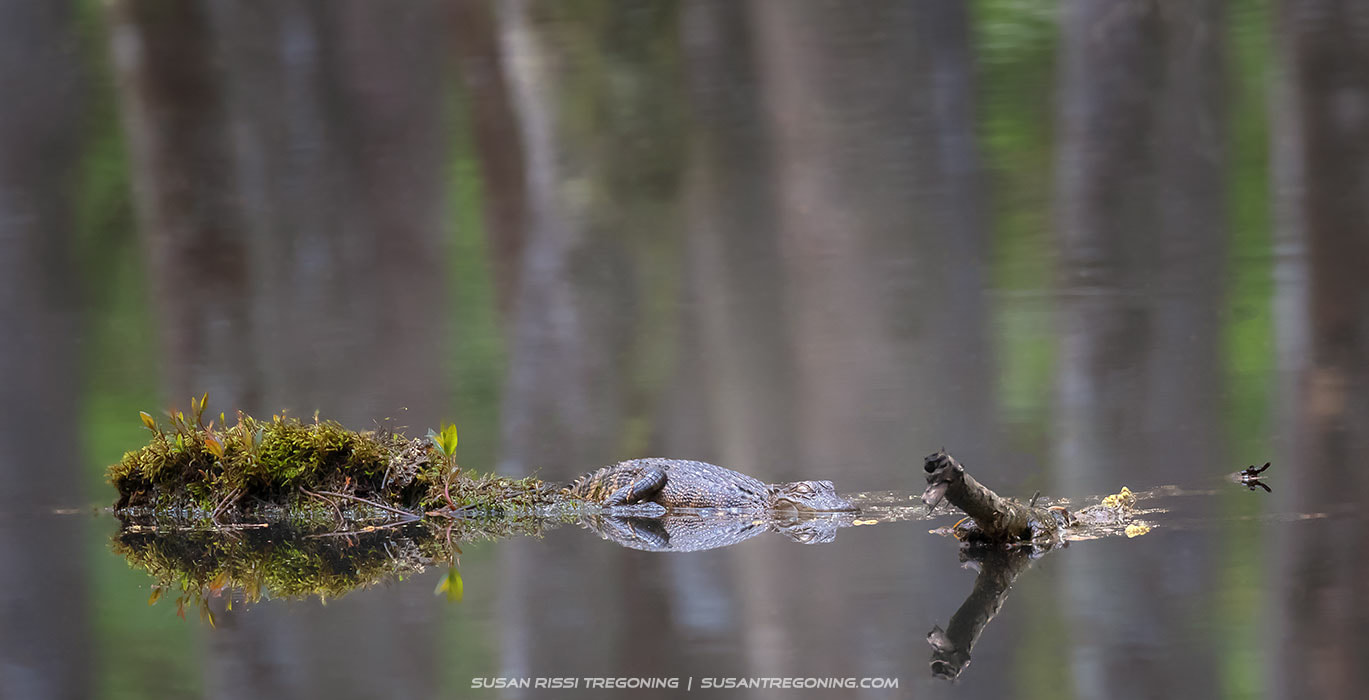
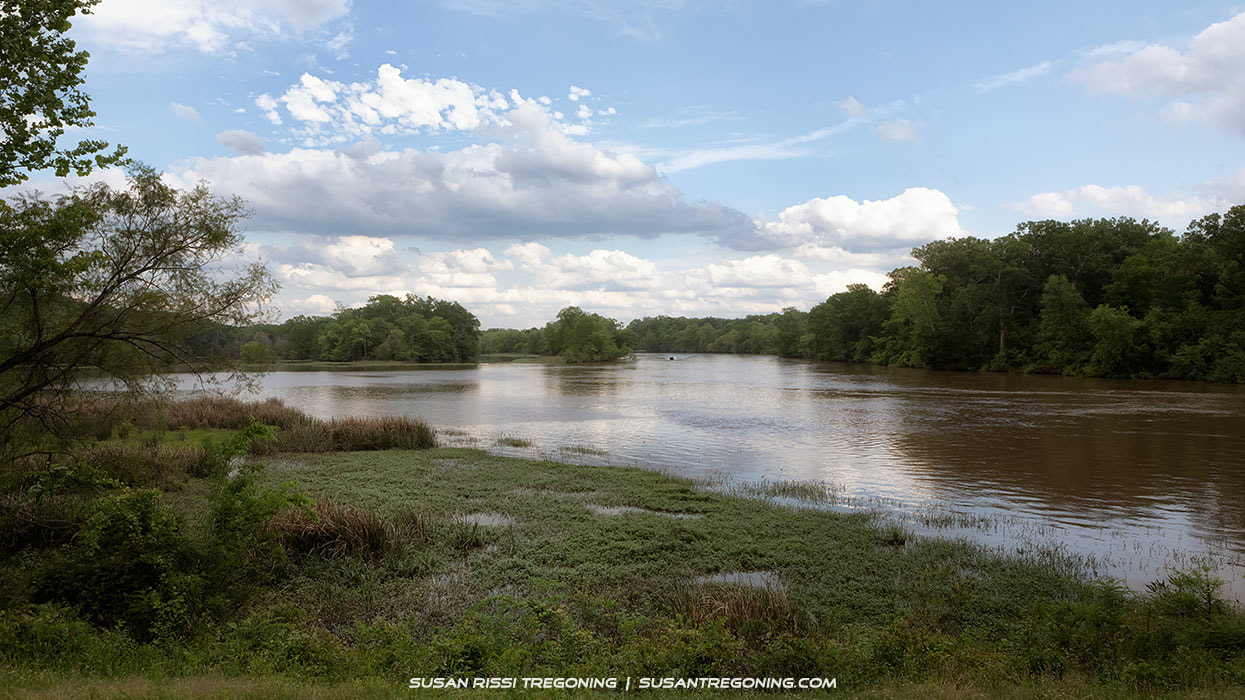
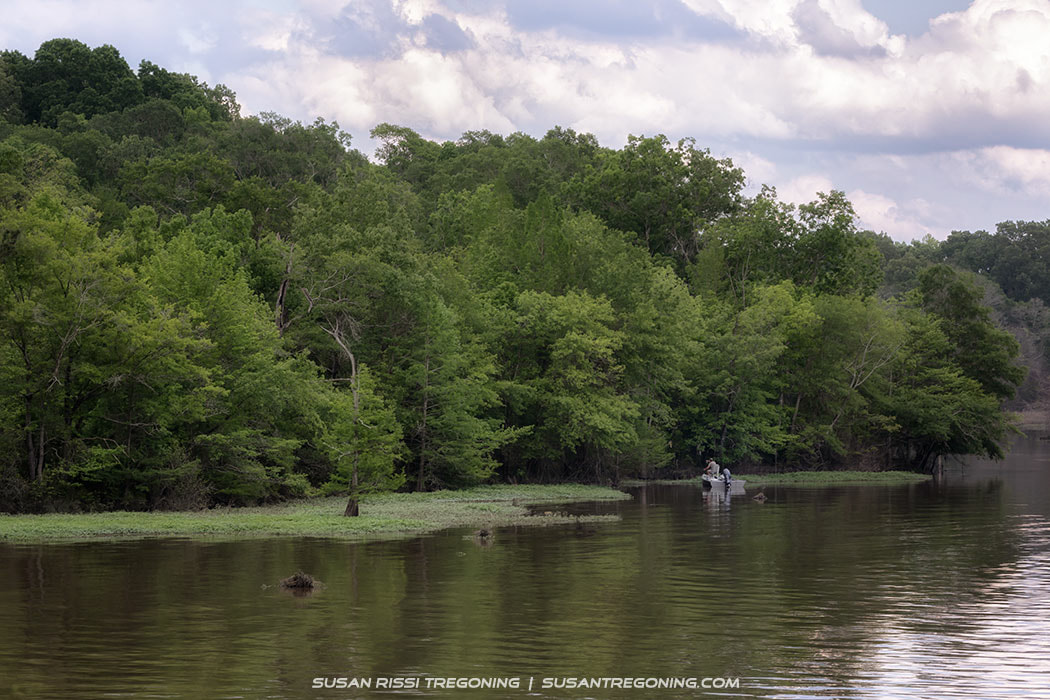
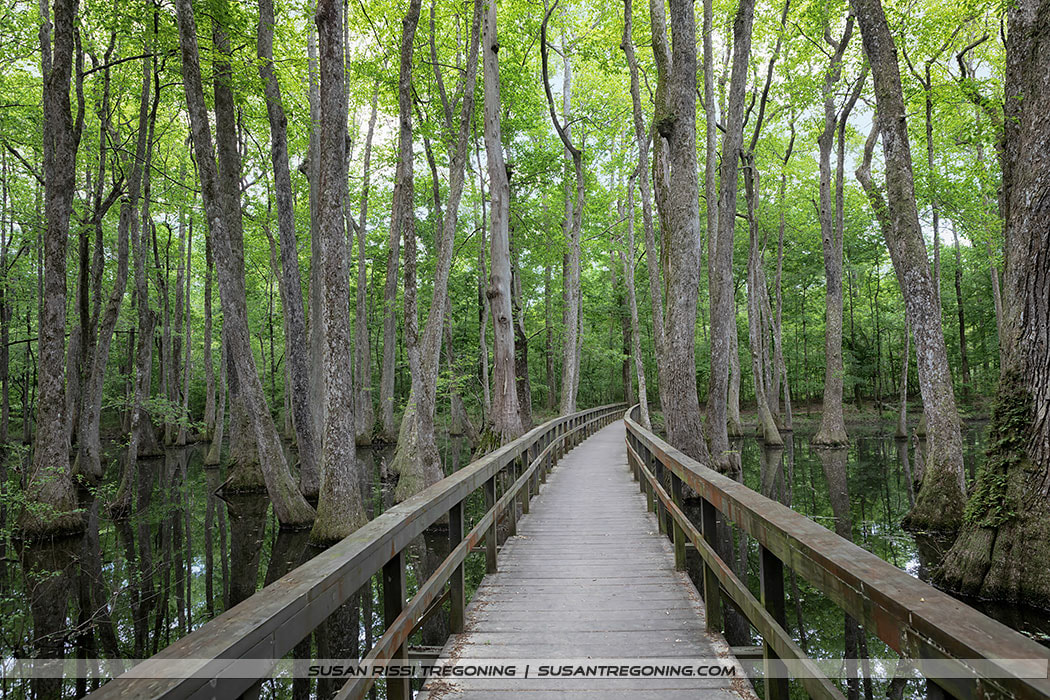
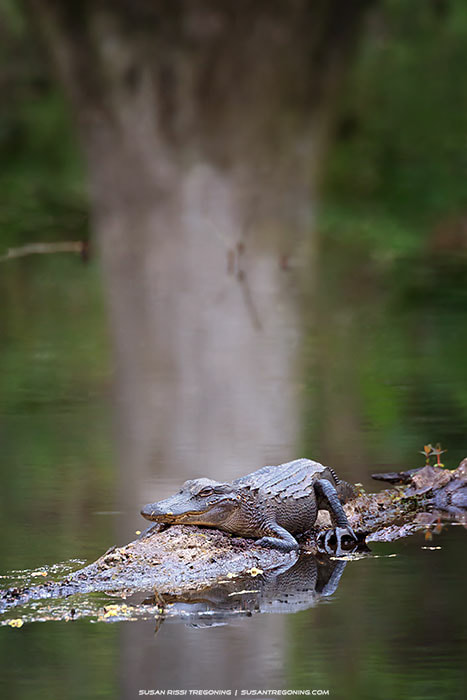
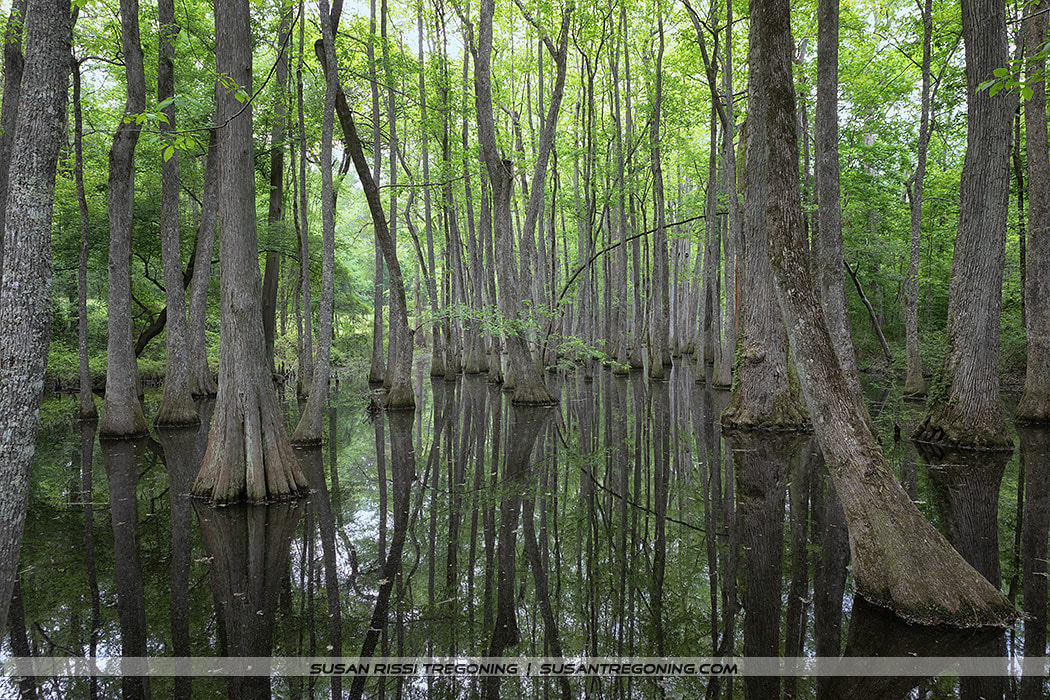
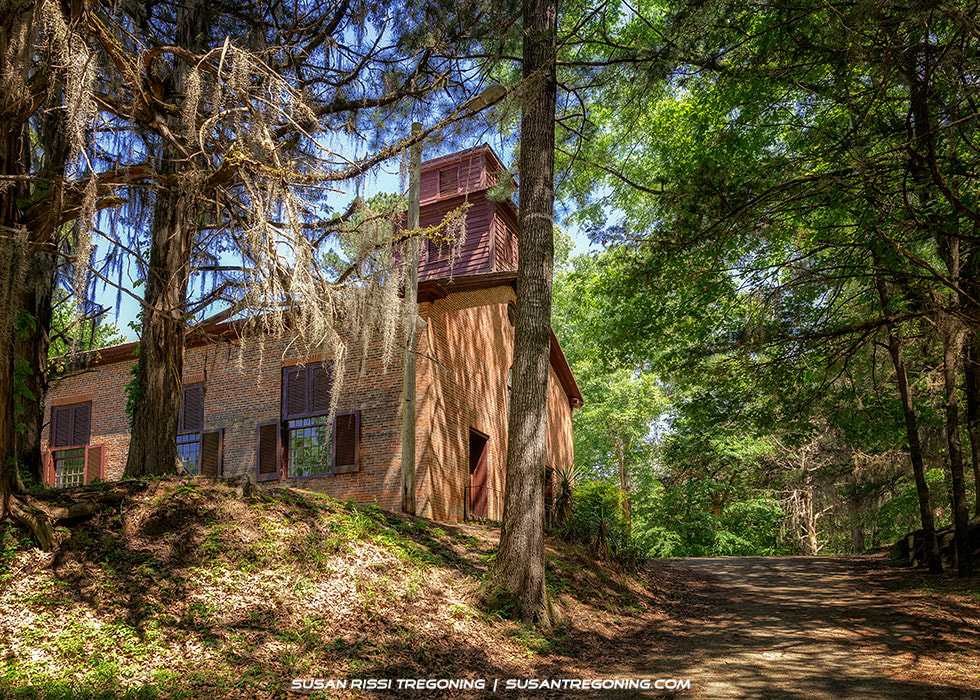
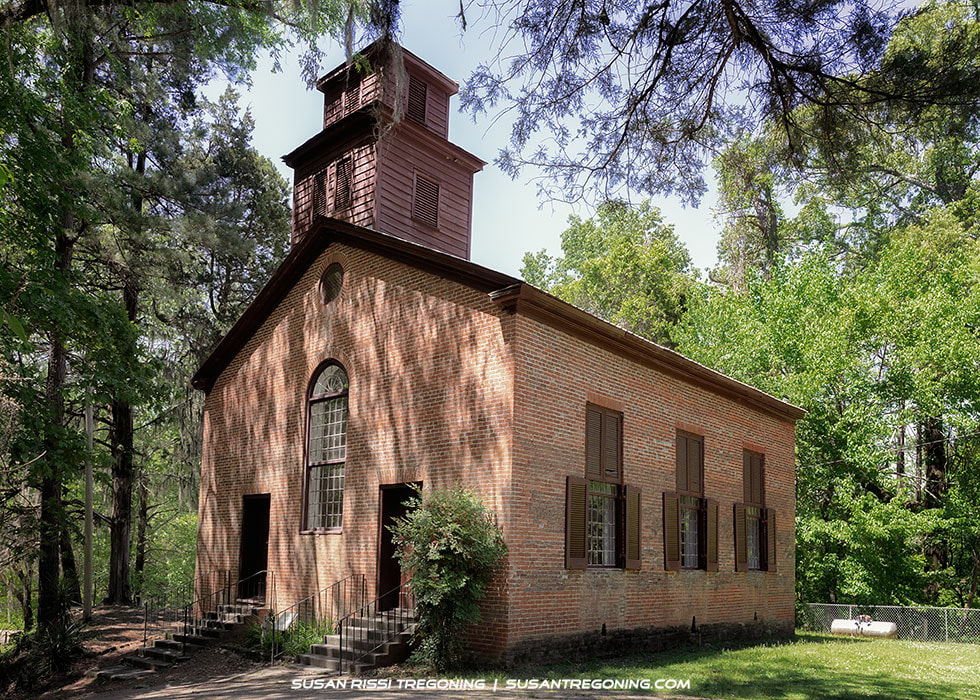
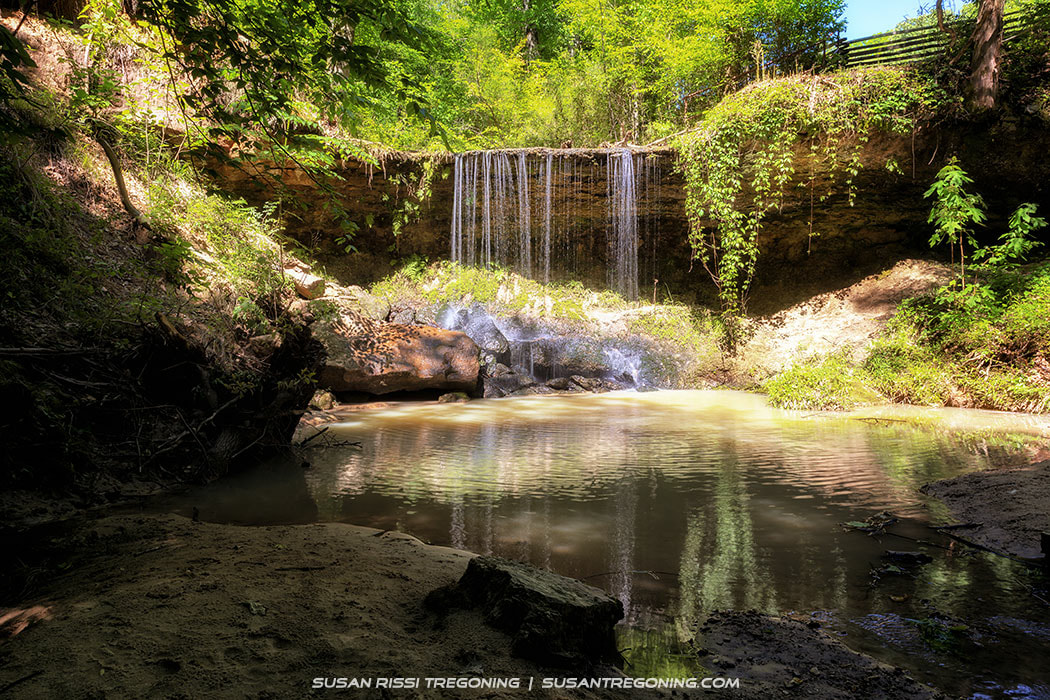
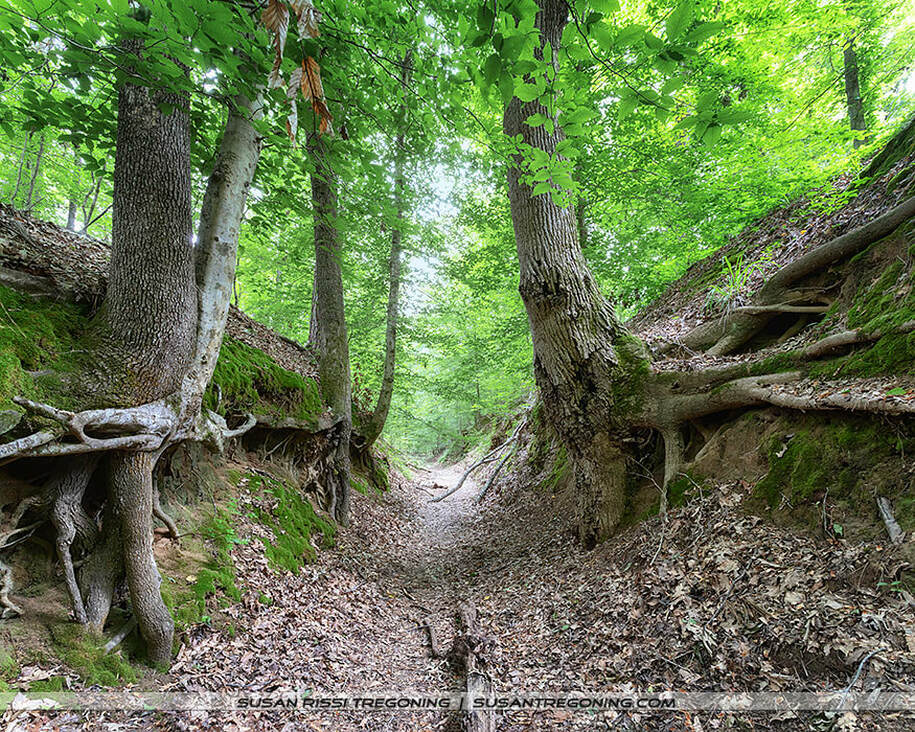
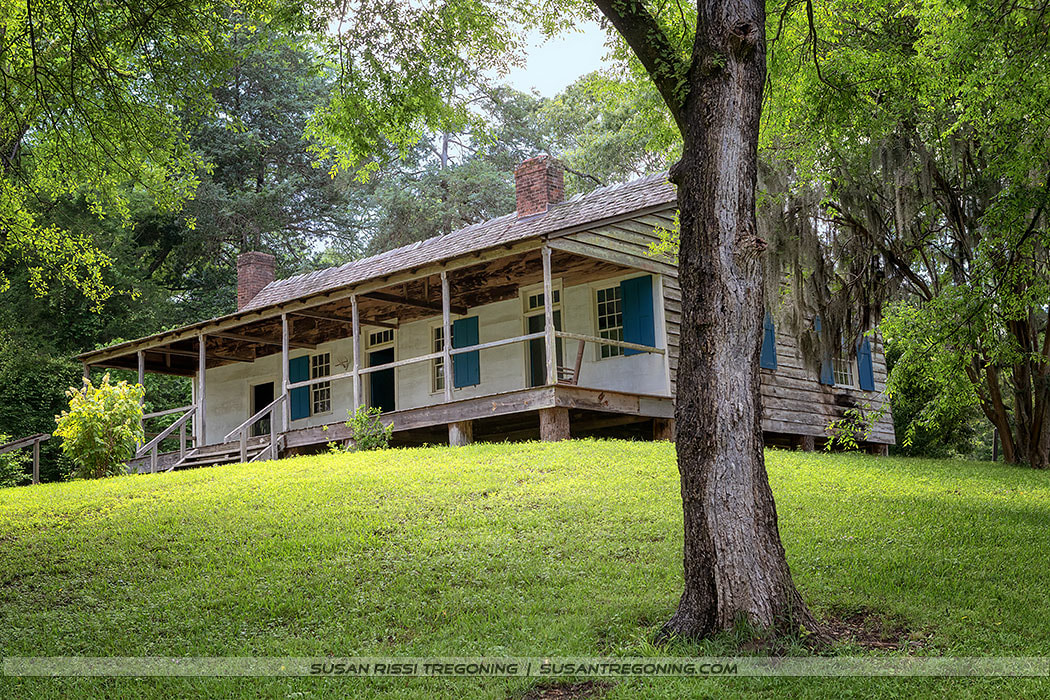
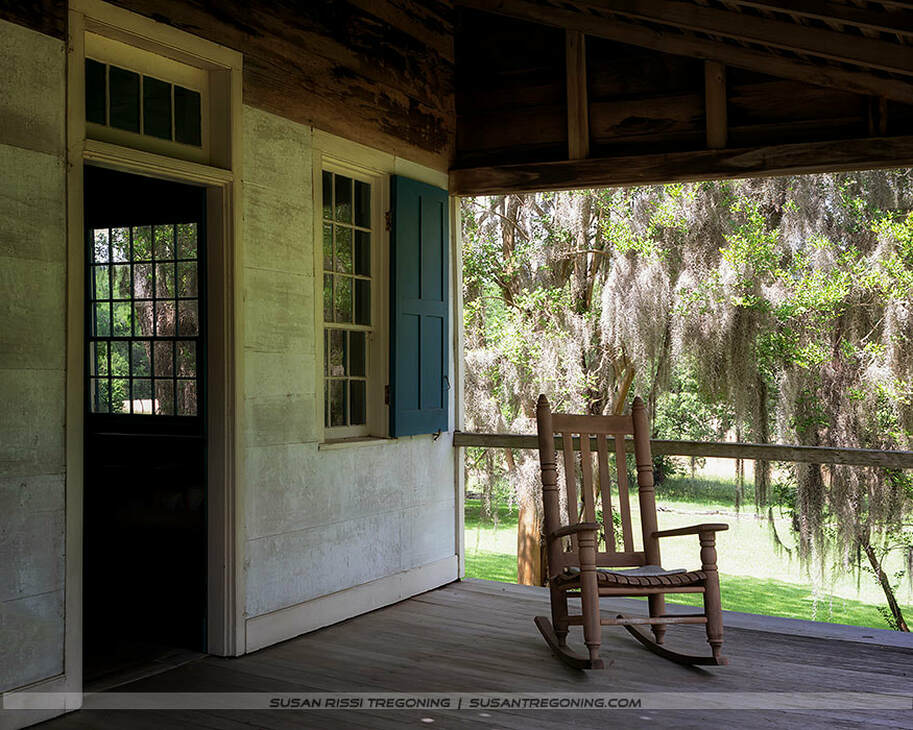
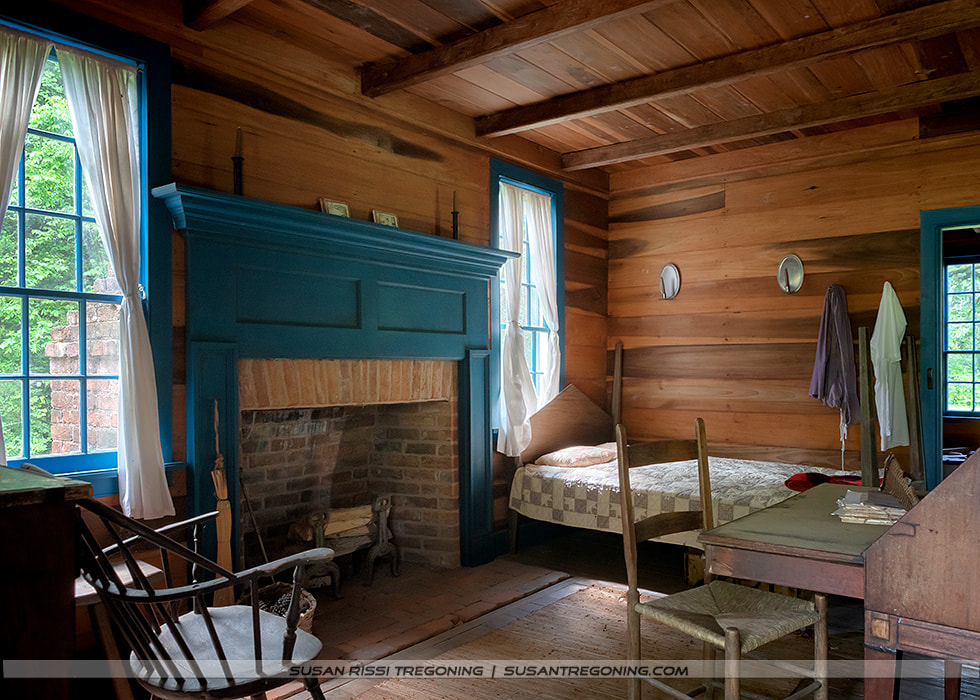
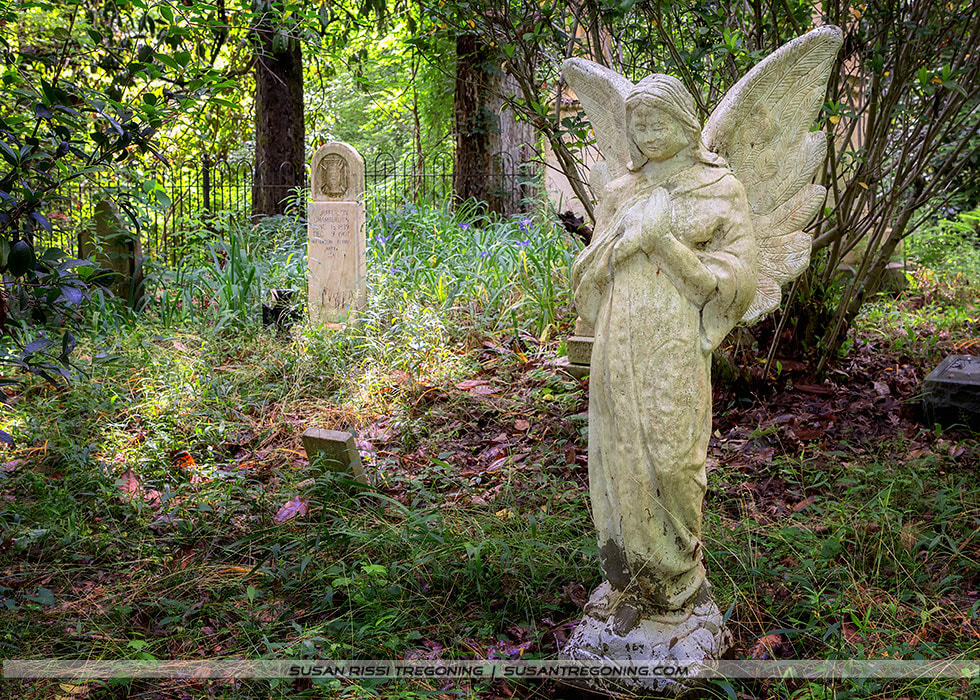
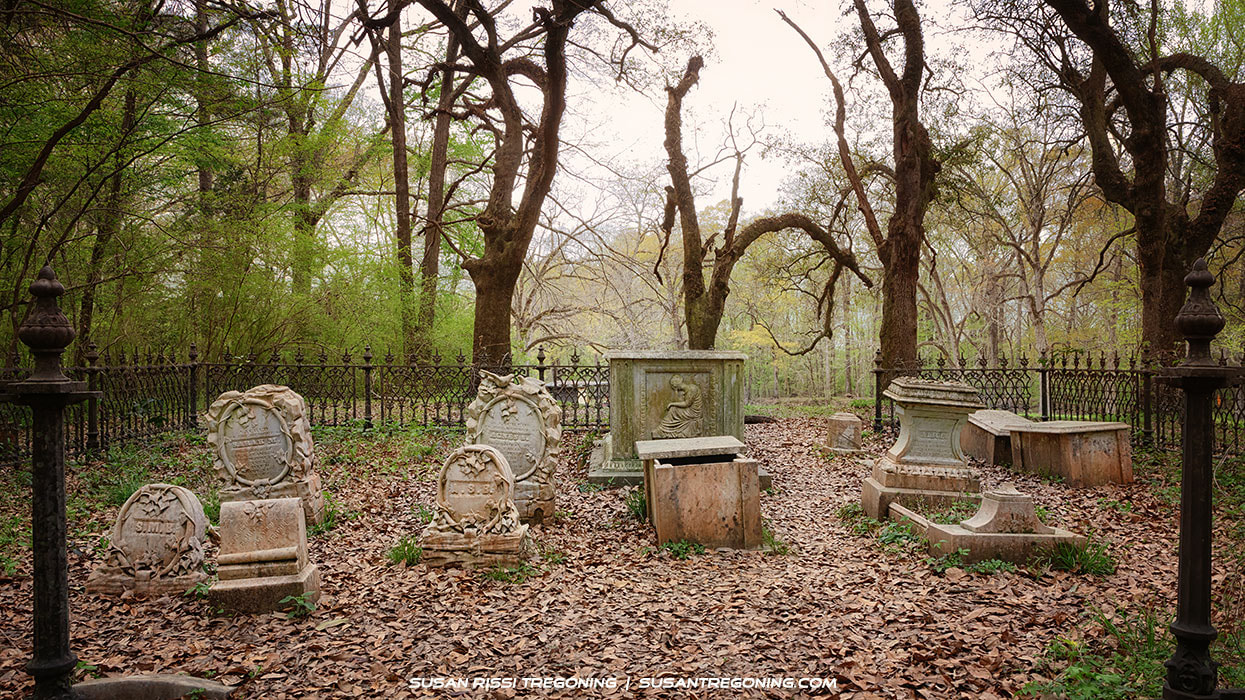


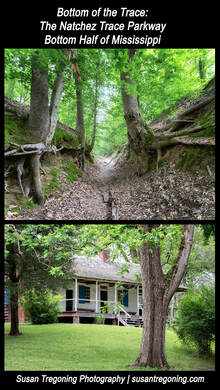
 RSS Feed
RSS Feed